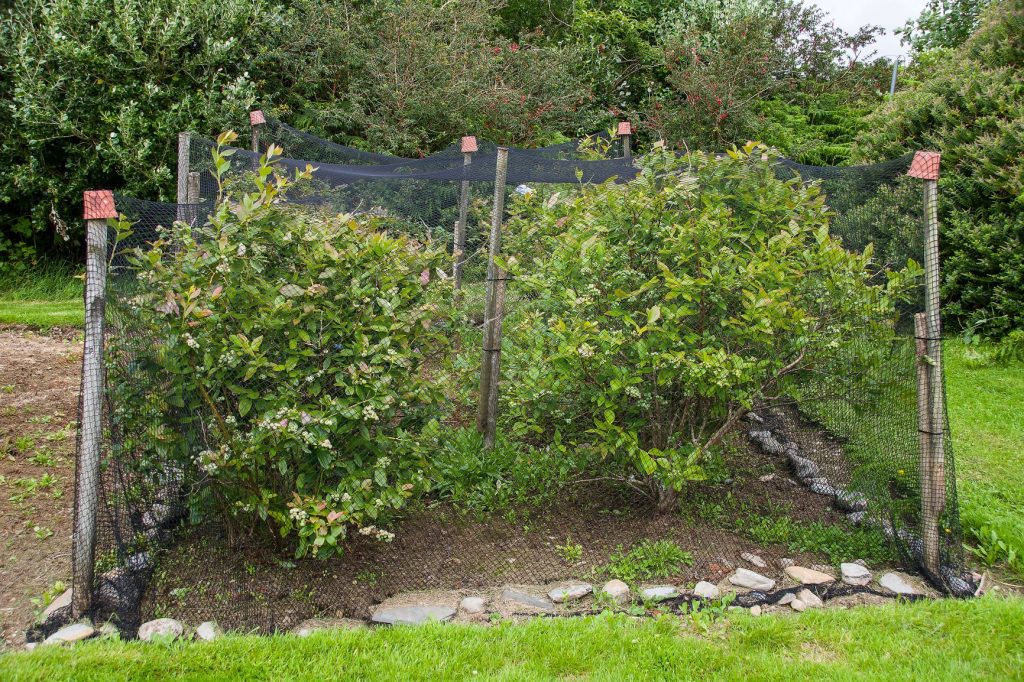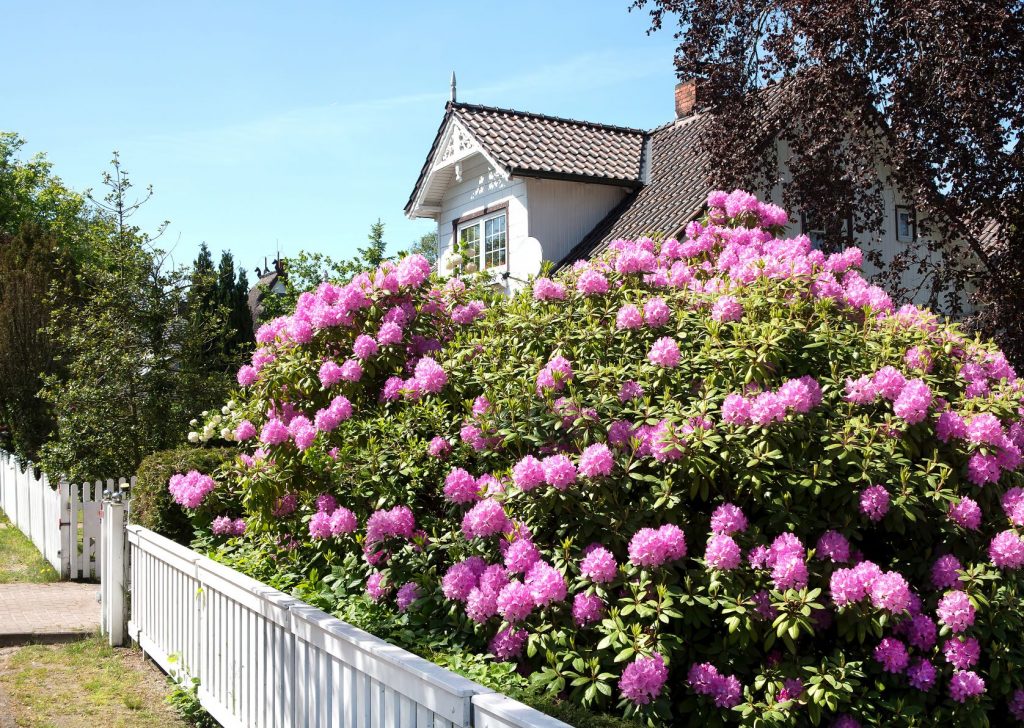With wintertime preparations well underway for your outdoor living areas, some questions may arise along the way. For instance, is fall the best time for shrub transplanting in Newton, MA, and surrounding areas? As the go-to Massachusetts landscaper, our team at Cataldo Landscaping often crosses paths with overgrown, unruly shrubs that are begging for a little TLC. However, knowing when to cut back and transplant a shrub depends on the species of plant at hand.
Blueberry bushes
A New England favorite is the blueberry bush. Plump fresh blueberries are one of the easier fruits to harvest while attracting fewer insects, which is why so many residential customers are attracted to them. However, a blueberry bush grows quickly and often requires transplanting. Whether it’s the realization that the shrub was planted too close to your home, overgrew the intended space, or is choking out other plants surrounding it, transplanting a blueberry bush is common.
And, lucky for you, fall is the perfect time to relocate this bush! The cold air quickly throws a blueberry bush into dormancy, which allows the root system to move with minimal to no damage. The trick is to ensure the soil is wet and that you dig around and down with enough depth to avoid the feeder roots.

Daylilies
Another common landscaping element is the lily. From daylilies to oriental lilies, these large fragrant blooms are stunning no matter what the landscape may be. However, as you probably realized, lilies quickly multiply invading, and taking over the surrounding space.
Now, if you planted your lilies in a vacant area that allows for a significant spread, you’re rejoicing and moving past this section. However, if you’re shaking your head wondering how in the world this happened, it’s time to divide. Fall is the season for dividing out your lilies and bringing them back to a compact size.
When dividing, you want to plan. Once your plant is dug out of the ground, it will need to be transplanted fairly quickly to survive. Whether transplanting means gifting your lilies to another or moving them elsewhere in the yard, the choice is yours – but there must be a choice. Again, your roots are one of the most essential pieces of the puzzle. Your goal – get all of the roots while creating as little damage to the system as possible.
Rhododendrons
Finally, we’d like to touch upon the massively impressive (and we mean massive) rhododendrons. While these plants are commonly sold as compact bushes in 5” pots, they take over – and quickly. Depending on the species, this shrub can grow over 20 feet in height! Unless you adequately planned for this, it may be time to transplant.
While the cold, early spring is the best time to transplant a rhododendron, late fall is also suggested. However, you want to be sure the ground still has warmth, allowing the root system to become established. When digging, remember that the root system of a rhododendron and azalea run vertically from the center with a relatively shallow depth.

Shrub transplanting in Newton, MA, and surrounding towns is a delicate balance of timing and understanding of the species. If you’re not entirely comfortable with both elements, it’s best to call your local professionals to ensure success.

